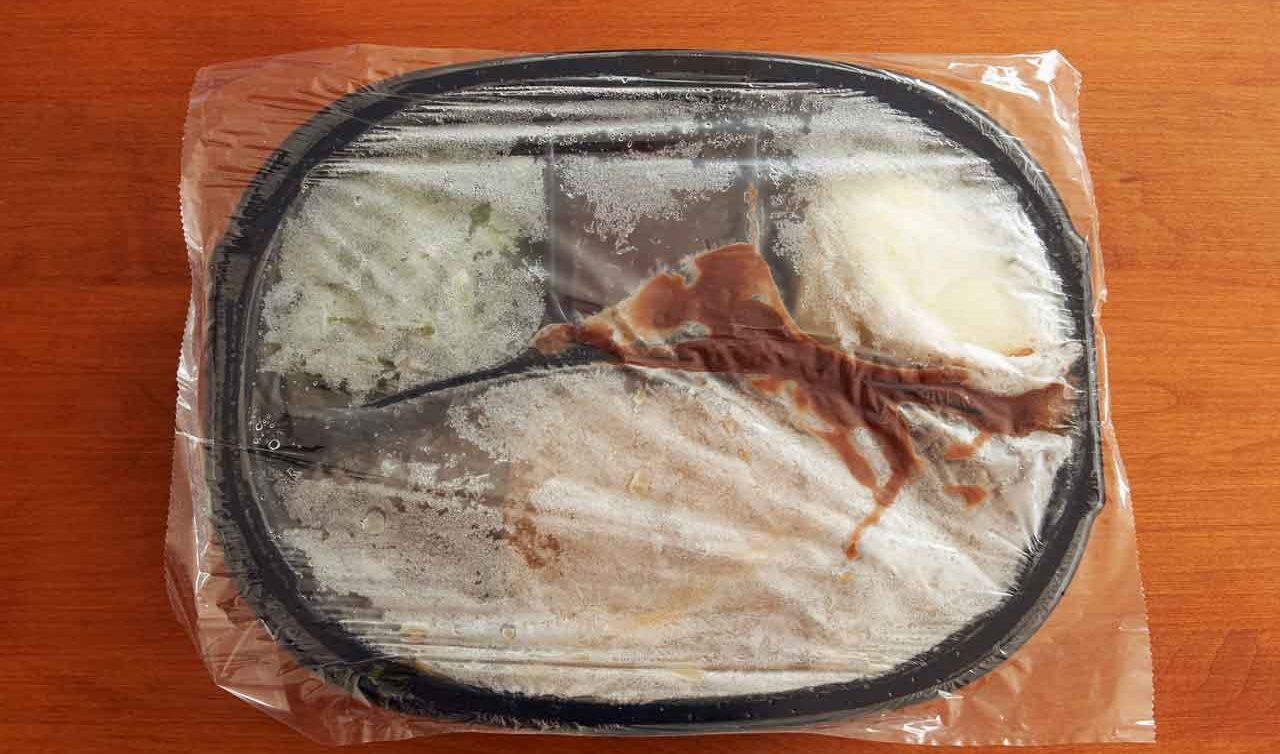May 29, 2018
Frozen Meals — Learn the Cold, Hard Truth

There comes a time in the average adult life when fresh grocery runs for one or two and actual meal prepping become less practical and more time-consuming – especially at the end of a long work day. If you don’t have the willpower, know-how to cook, and the fridge is empty, your only other options are: to unnecessarily spend at least $10 to dine out, or pop a $5, 350-calorie frozen meal in the microwave for 45 seconds while deciding what to binge watch on Netflix. While the latter sounds like a better deal for all of us who seem to be constantly tired and busy, mothers really do know best when they say processed food will kill you – albeit relatively slowly.
Admittedly, I had some grand investigative journalism plans to go on a solid 1-week frozen meal plan, but I chickened out after going through a couple “healthy” ones. I don’t care what those flashy labels are promising on the front of the box: the devil is in the nutrition details. Let’s take a minute to digest a few of the 6,347 reasons why you need to spare your temple of a body from frozen processed meals:
YOU MIGHT ALSO LIKE: How to Cut Back on Sugar
Why are frozen meals so bad?
1. They’re packed with sugar and sodium. Remember, sugar is the enemy! What many forget is food doesn’t need to be sweet for it to still contain high levels of high fructose corn syrup (HFCS). The problem with fructose is the body responds to it rather similarly to how it would to alcohol. It overworks the liver, contributes practically nothing to functional metabolism, and is 100 percent stored as fat. Despite having a strong link to obesity and diabetes, HFCS is a food manufacturer’s dream because it keeps costs dirt cheap, enhances flavor in “diet food,” and helps mask saltiness from the high sodium content.
Speaking of high sodium content, the average frozen meal has about 600 to 700mg of sodium, with some meals having over 1,600mg (We’re looking at you, Salisbury Steak). Keep in mind that while 2,300mg of sodium per day is the USDA’s strongly recommended limit, fellow authorities such as the American Heart Association, Academy of Nutrition and Dietetics, and American Diabetes Association now encourage a maximum of only 1,500mg per day.
2. They’re loaded with unnatural preservatives. Propylene glycol, the key compound in antifreeze, is hidden in more common food items than you think. It’s used as a thickener, preservative, and even as a sweetener in good stuff like flavored iced tea, Cold Stone Ice Cream, “just add water” baked goods like Betty Crocker, food coloring, and Kraft salad dressings. Even though the FDA swears this potentially neurotoxic skin irritant is safe to ingest in tiny amounts, you don’t see me drinking a drop of arsenic every day. Another common neurotoxic preservative is monosodium glutamate or yeast extract, which over excites your neurons to the point of cell death.
3. They’re nutritionally deficient. Sure, the picture on the box shows a scrumptious “well-balanced” meal with protein, veggies and a carb, but you’re not getting enough vitamins and minerals from a processed meal that’s under 400 calories, and only has 8 to 10 random vegetable pieces.
Frozen meals can be super convenient and cheap, but consuming them regularly means you’re actually paying for them with your long-term health. While it may be virtually impossible for most of us to live a full life sans microwaveable dinners and snacks, there are relatively healthier brands to choose from, and if you take a little bit more time to check for red flags on a food item’s box, having dinner ready in a minute and 45 seconds might not be so bad.
What to look for when choosing a frozen meal
Aside from avoiding meals with breading, sauces, cream, gravy, and cheese, have a quick look at the nutrition label. Here are several general guidelines to help you decide which items to go with when cruising down the frozen food aisle:
• 300 to 500 calories
• 10 to 18 grams of total fat, or less that 30 percent of total calories
• Fewer than 4 grams of saturated fat
• Fewer than 600 milligrams of sodium.
• 5 grams of fiber or more.
• 10 percent of the Recommended Daily Value of vitamins or minerals
• 10 to 20 grams of protein
Oh, and before you check out, consider stocking up on the following as well, to make sure you’re still getting adequate nutrition. They’re all easy to prep and cook, and they can go on any frozen meal as nutrient boosters:
• Chicken breasts, or your choice of lean meat or seafood
• Beans or tofu
• Vegetables or salad
• Plain, non-fat yogurt
YOU MIGHT ALSO LIKE: Why You Should Switch from Red to White Meat


